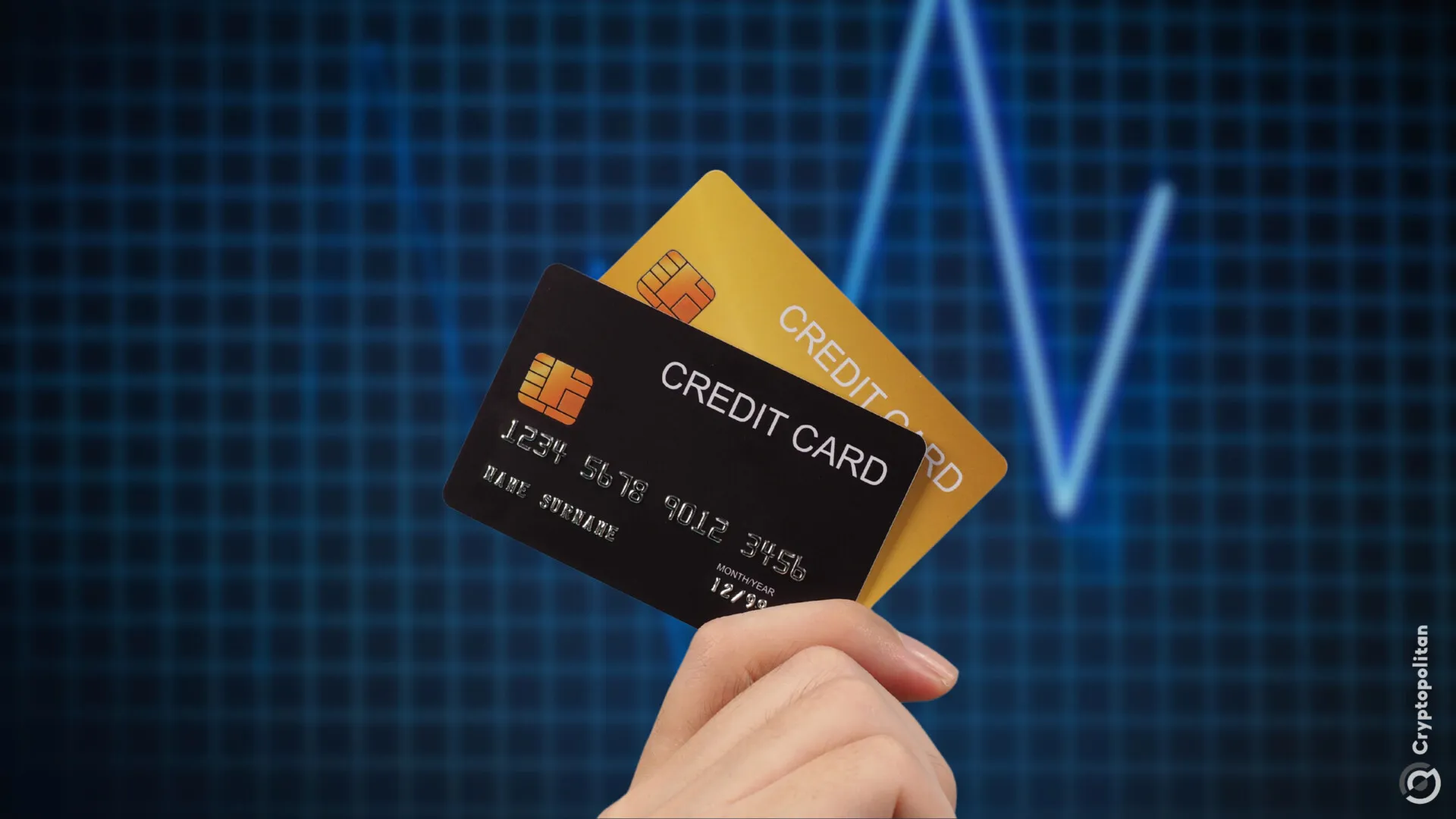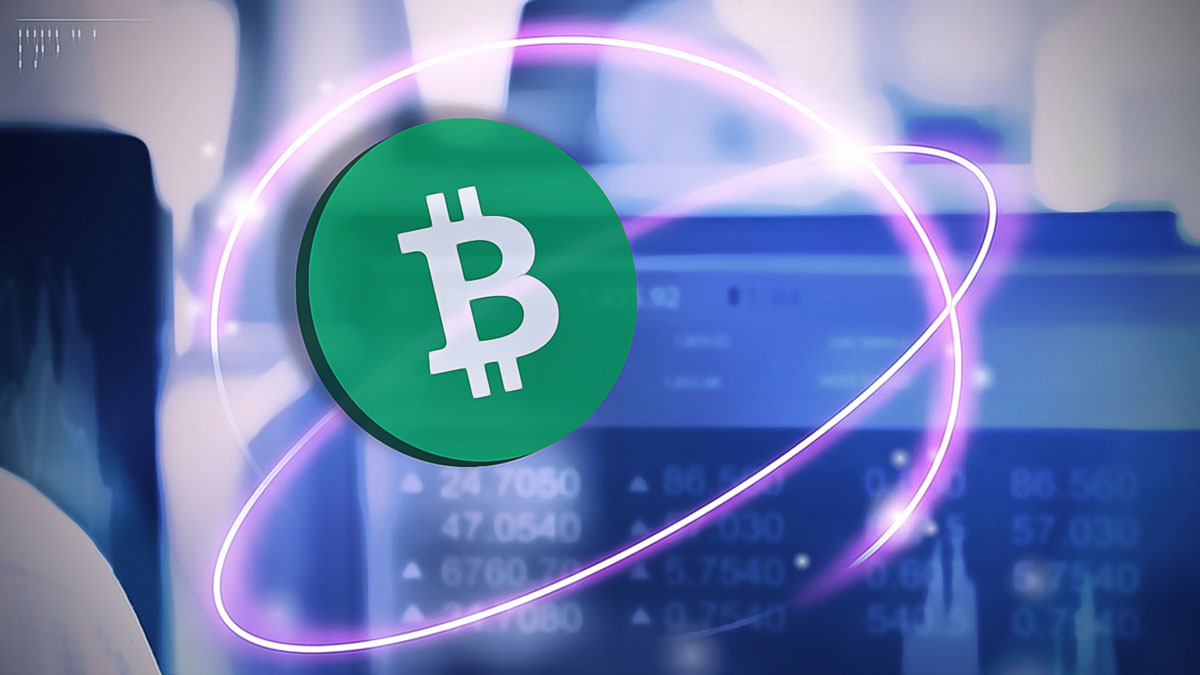Credit card debt interest rates have significantly risen in the last four years. The U.S. credit card rates have now surged to an all-time high of 23.4%, and the total credit card debt also staged a record number by surpassing the trillion dollar mark.
Credit card debt in the U.S. has emerged in the spotlight after hitting an all-time high of 23.4%. Despite the reduced banking interest rates, banking institutions have continuously fueled interest rate hikes for cardholders.
The credit debt crisis is specifically associated with the exorbitant interest rates charged by lenders to debtors. The current card debt in the U.S. stands at $1.36 trillion, according to Kobeissi Letter. The interest rates on such debt yield the annual interest of $318 billion paid by debtors. Notably, the Consumer Financial Protection Bureau estimates that debtors pay close to $14 billion annually in late fees.
Credit card debt rises to record levels
BREAKING: US credit card interest rates hit 23.4% in August, a new record.
Over the last 2 years, rates have soared by 7 percentage points.
US consumers now have a record $1.36 trillion in credit card debt and other revolving credit meaning they pay a massive $318 billion… pic.twitter.com/5gGyoqQC6K
— The Kobeissi Letter (@KobeissiLetter) October 8, 2024
Kobeissi Letter shared a chart that revealed that credit card interest rates have significantly risen since the pandemic in 2020. According to the chart, the upsurge was more prominent in the last two years, rising from the 16%-17% mark to its current all-time high levels.
In the meantime, Kobeissi Letter highlights that credit card serious delinquency rates have also risen to the highest rate since 2011 at 7%. The X handle addressed the concerns that the credit card bubble pop is imminent.
The credit card debt trend is driven by multiple factors, but inflation has been at the epicenter. Data from the Bureau of Labor Statistics revealed that inflation cooled down in the past few months, and its numbers sunk to 2.5% before the Fed cut internet rates in September.
However, credit card owners have continuously paid more for essentials by drawing funds from their credit cards. Many cardholders have established an over-reliance on card debt to cater to their daily expenses, causing an accumulation of debt.
Interest rates rise despite the Fed cutting rates
The Fed recently cut interest rates by 50 basis points, causing a declining ripple effect on loan products such as mortgages and home equity loans. However, credit card loans remain high. The credit card issuers have been hiking the rates to make up for revenue they may lose from a cap on late fees.
The Consumer Financial Protection Bureau (CFPB) attempted to cap the fees at $8, but the proposal was challenged by banking institutions and business groups in the industry before its implementation when a Texas judge stopped the proposal in May.
This proposed cut would have reduced the annual late fees to $10 billion from $14 billion. The banking industry defends the exorbitant rates, and the American Bankers Association cites the increased number of subprime borrowers since 2008, during the financial crisis.
Kobeissi Letter also reported that the number of people working multiple jobs in the US hit a new record of 8.6 million in September. The firm emphasized that millions of Americans work multiple jobs to afford necessities.











